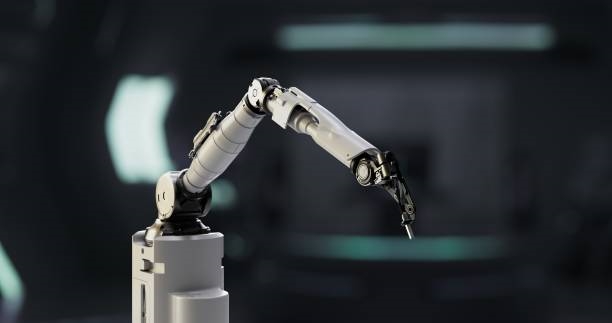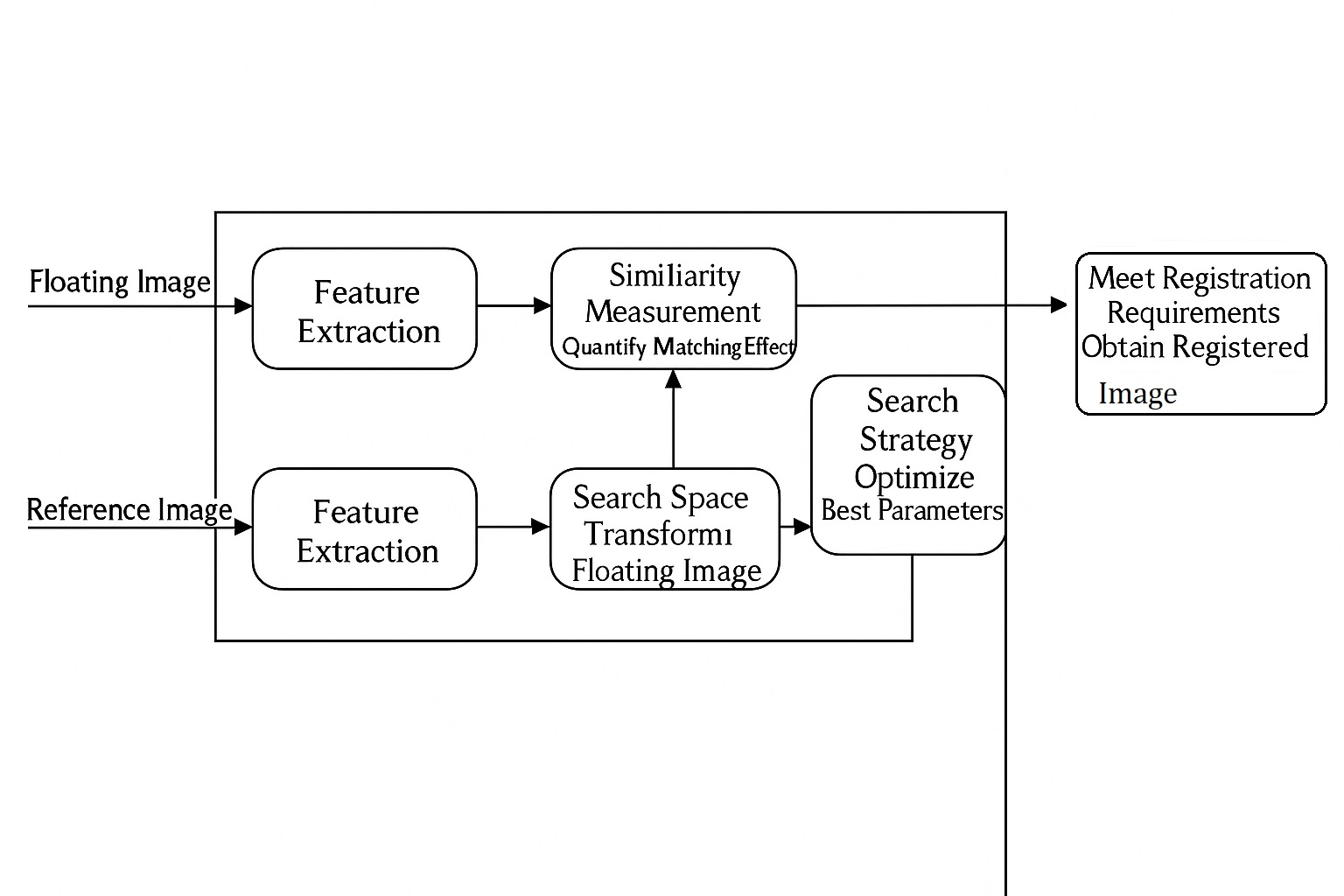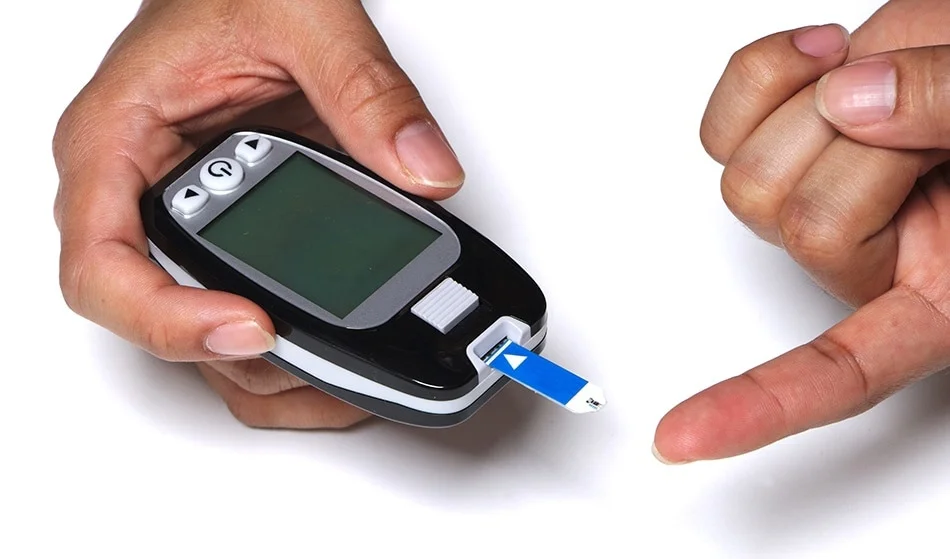Overview
Diabetes is a chronic metabolic disease characterized by elevated blood glucose levels and can cause serious acute and chronic complications. Effective management requires maintaining blood glucose near normal levels, typically below 7.0 mM. Patients commonly monitor glucose three to four times per day using finger-prick meters, which is painful and inconvenient. High glucose is treated with oral medications or subcutaneous insulin injections, both of which are burdensome and often lead to suboptimal control. Closed-loop diabetes management systems, which provide automated glucose monitoring and insulin delivery, have attracted interest. These devices typically include a continuous glucose sensor and an insulin pump, but the large size and high cost of commercial systems limit broader adoption.
Microtube-Based Closed-Loop Minisystem
A team led by Yue Cui at Peking University recently developed a microtube-based wearable closed-loop minisystem for diabetes management and reported that it successfully maintained blood glucose within a safe range in diabetic rats. The work was published under the title "A Microtube-based Wearable Closed-Loop Minisystem for Diabetes Management" in the journal Research.
System Design
The closed-loop minisystem integrates a biosensing device, an electroosmotic micropump, and a printed circuit board (PCB) with onboard algorithms. The sensor, coated on the outer surface of a microtube, is inserted into subcutaneous tissue to detect interstitial glucose. The current signal produced by glucose sensing is processed by the PCB to intelligently power the electroosmotic micropump, which delivers insulin through the microtube channel into the subcutaneous tissue.
Sensor Fabrication and Characterization
Using micro- and nano-fabrication techniques, gold electrodes and Ag/AgCl electrodes were patterned on the sidewall of the microtube. The electrodes were electrochemically modified, and glucose oxidase was immobilized on the working electrode for glucose detection (see figure).
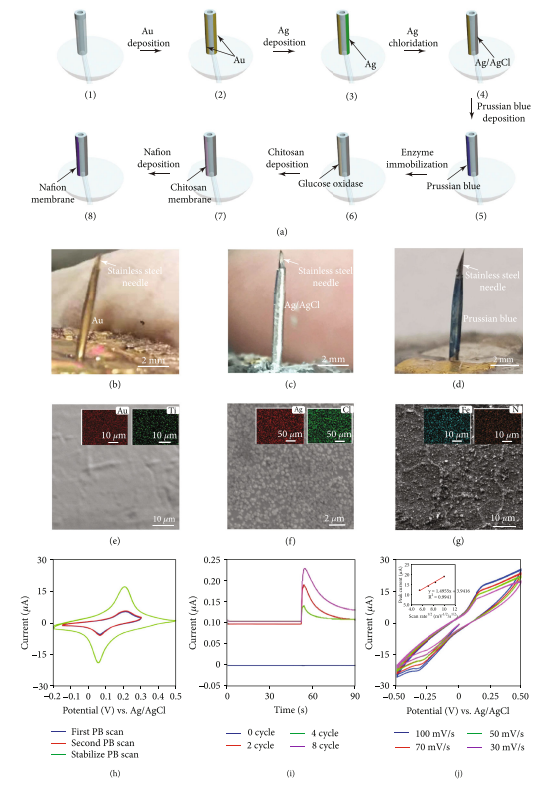
In Vitro Performance
The researchers evaluated the sensor's detection performance and stability in various in vitro environments, demonstrating that the microtube-based sensor can accurately detect glucose (see figure).
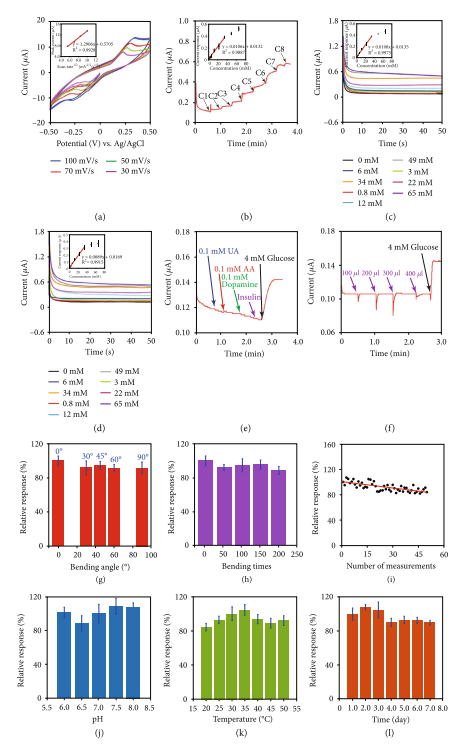
Electroosmotic Micropump Evaluation
The team also assessed the insulin release performance and power requirements of the electroosmotic micropump, showing that it can effectively release insulin via the microtube (see figure).
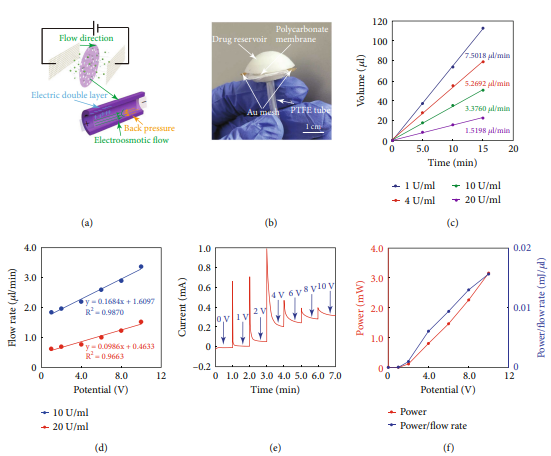
In Vivo Testing
The closed-loop system was tested in diabetic SD rats for glucose management. Experiments confirmed that the sensor can accurately monitor glucose in vivo. The closed-loop system autonomously and stably maintained blood glucose within the normal range under both fasting and feeding conditions, demonstrating successful in vivo automatic closed-loop glucose control (see figure).
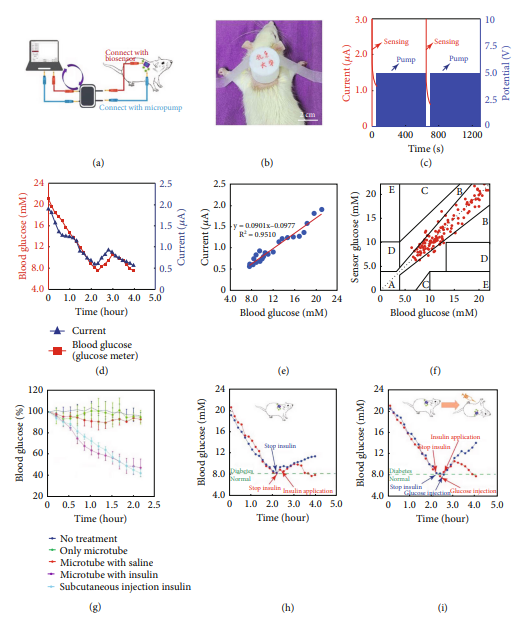
Conclusions and Future Work
In vivo results indicate that the system can perform closed-loop glucose control in diabetic rats. Compared with some commercial closed-loop systems, this device is more compact, lighter, and lower in cost. Further research is needed to redesign the PCB to add wireless functionality, improve control algorithms, and evaluate the system's ability to manage blood glucose in human patients.
 ALLPCB
ALLPCB


